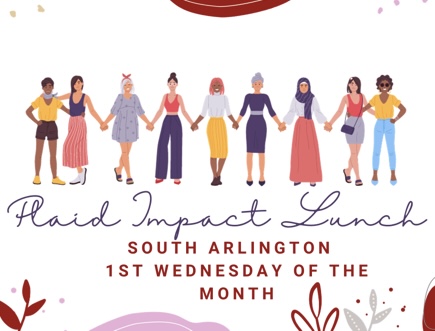Last month, I marched in Austin with thousands. In the sea of humanity that poured into the streets of our state’s capital was such a diversity of people. Alive with cheers, the power of presence, and an incredible display of freedom of speech, it was the best of democracy. These moments of history can instill and cement lessons sometimes overlooked. Just outside the door Mother Nature parallels that march in Austin. The lesson she teaches us is, only diverse environments are sustainable. I would offer that lesson holds true for our democracy, too.
This blog explains how nature sustains itself through biodiversity in direct contrast with the unsustainable western mechanized agricultural practices. Maybe we can garner some wisdom for our nation in this practice. Before we review standard farming practices it is important to understand that technological advancements, reliable seed quality, specialize chemicals, synthetic fertilizers and massive machines enables a single farmer today to feed 155 people versus 26 some short 40 years ago. In addition, our infrastructure (FM-farm to market roads), storage capacity, transportation, and distribution systems give us incredible access to food. To say food production is a global business is an understatement, but at what cost?
Now for a brief and very simplistic explanation of farming.
To achieve high production rates of crops (mostly corn and soy), the land is sterilized by herbicide, planted with GMO seeds, fertilized in ever increasing amounts for rapid plant growth, and because this is a mono-crop production, insecticides must be used for bugs as well as fungicide for fungus prevention. The crop and the soil rely completely upon the inputs of the farmer. If the farmer neglects this process, the harvest may suffer.
The point is, when trying to grow only one type of crop, little else flourishes on its own accord, but nature will always adapt and attempt to introduce diversity. That is why chemicals must change as bugs mutate, weeds adapt, and crops become vulnerable. The conclusion of this short lesson on farming is, in order to maintain no diversity in the field, farmers must sterilize, poison and burn. Only then, can the harvest of a single crop be achieved. Enlightening huh?
Now check out a prairie, forest, meadow, desert, or reef (yes, plants grow underwater) untouched by human inputs. These bio diverse environments have sustained themselves for thousands of years and adapted to both gentle and radical changes of the earth. Radical changes come in the forms of floods, infestations, and fires. Gentle changes come from weather, land movement, and migration. Either way, nature is in it for the long haul.
 Is there a way to integrate nature’s sustainable methods?
Is there a way to integrate nature’s sustainable methods?
Sure there is, or I would not be writing this blog. Permaculture, as in permanent agriculture, is a farming methodology of setting up a bio diverse system within an agricultural field. This is the technique at our ranch. In our bio diverse orchard, we have 30 different fruit trees; they include peaches, pears, plums, nectarines, Jujube, and apricots. Read my earlier blog on that planting adventure.
Instead of a sterile orchard floor, we put gardens in between these young trees and wild flowers and cover crops in the lanes beside the trees.
We are trying to mirror a forest that can be harvested.
Check out a forest the next time you are in one and you will discover an interesting pattern. Look up and you will see the forest for the trees (bad joke). It is actually the forest floor where biodiversity reins. Small bushes protect the trunks of trees, mushrooms feast on decaying leaves, vines wrap themselves around the bark, root plants bring nutrients to the root zone, flowers attract pollinators and herbs protect the forest from insects and disease.
Our orchard trees have herbs growing next to them as insect repellant, birds feed on pests, and cool and warm weather crops rotate with the season bringing bio diverse organic matter. As the trees grow, the gardens get smaller. Similar to a meadow, the wild flowers that start in March and end in November attract the pollinators we need for fruit production. Native grasses provide habitat for small animals which are hunted by hawks that keep the crows (who damage fruit) in check. Once this bio diverse system begins, it adjusts and corrects itself with occasional inputs from humans. We let the biodiversity of nature help us farm instead of battling it. Although we can’t feed 155 people, we can  create a sustainable food system that will feed people for a lot longer.
create a sustainable food system that will feed people for a lot longer.
So, what of human diversity?
It is this grower’s opinion societies are better when we have diversity. Is it challenging to be diverse, yes, but just like Mother Nature’s ability to sustain itself through the changes, so too can our own democracy. And in the end it’s all that really matters.












Awesome! Thank you and sharing!